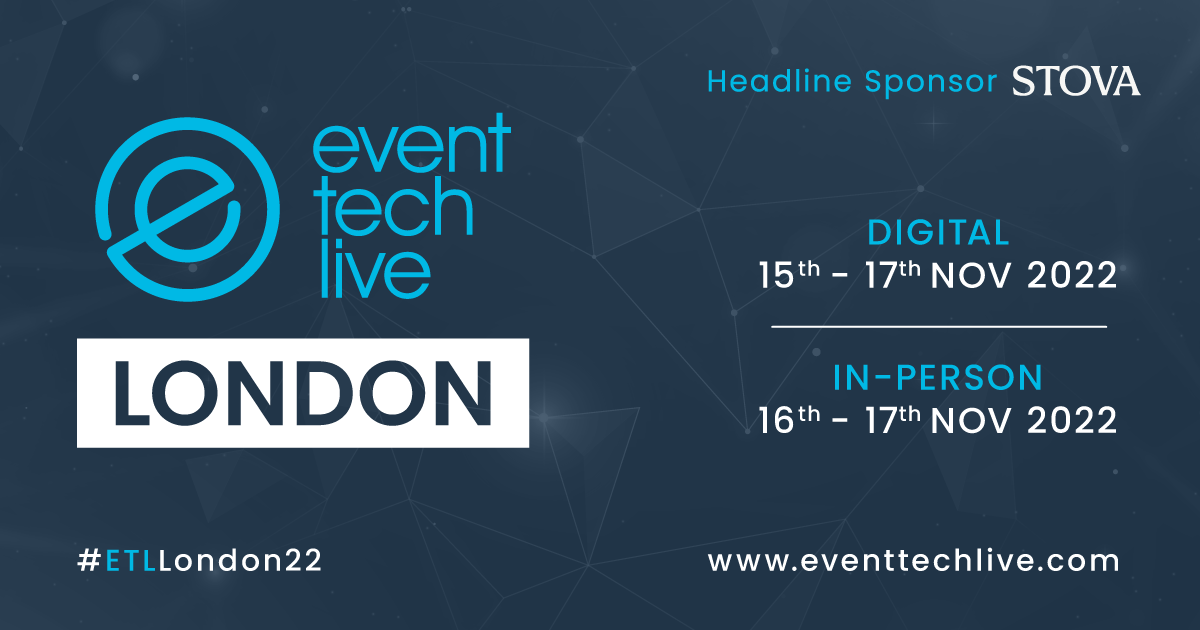As the live events industry bounces back from the carnage wreaked by the pandemic we now need to be aware that as far as the public and collecting personal data is concerned, there is a ‘new normal’ and we cannot revert.
Before the pandemic, we had a population partially tuned in to how data is collected, stored and used; the rest remained unaware or disengaged with the process. Something this quote from a Which? survey, before the introduction of GDPR in May 2018 highlights, “Data-dependent technology has become fully integrated into society and has a transformative effect on people’s lives. However, whilst technology is at the forefront of people’s minds, consumer data is not.” Data awareness was dependent upon several factors but largely less important to consumers.
Enter Covid19 and the need for the public to participate in the mass sharing of data for the greater good. Suddenly, more people became aware of data collection because we were interacting with various apps and systems daily – checking-in and out of buildings, logging and reporting test results. Data collection and reporting were seldom out of the media spotlight. We became accustomed to sharing data and using QR codes through the NHS app because of a societal need. The pandemic provided validation because we could see a clear and obvious benefit. This triggered a greater awareness and interest in who was collecting data, why, and what they could do with it as the implications moved up the consumers’ agenda.
This has been heightened by instances such as the Tim Hortons app (https://www.wired.com/story/tim-hortons-coffee-app-location-data-tracking/) and the ripple that may affect data capture at events.
Before the pandemic, brands collected data for their own purposes: to better understand consumer behaviour, to look for market trends and to identify potential customers to market their products and services. The benefit sat almost entirely with the brands. It could be argued that the consumer benefitted by access to targeted products, but it was the brands that had the advantage.
Post pandemic we have a more tech and data-savvy public. We also have a public that, for the moment, remains willing to share their data if there is an obvious benefit.
What does that mean for the live events industry in 2022 and beyond? It means that we need to be completely honest and open with consumers about why we are collecting their data. Most importantly, we need to demonstrate the benefit of sharing that information to improve their experience. We need to find a new and relevant ‘greater good’. It could be something as simple as easing the flow of an audience by measuring crowd dynamics, delaying the start of sessions until people have gained entry, increasing staffing to reduce queues at concessions, or anything that improves the experience of the individual. With improved experience comes improved satisfaction and that can have a positive effect on behaviours such as participation, spend, engagement with sponsors, and the list rolls on.



Responses